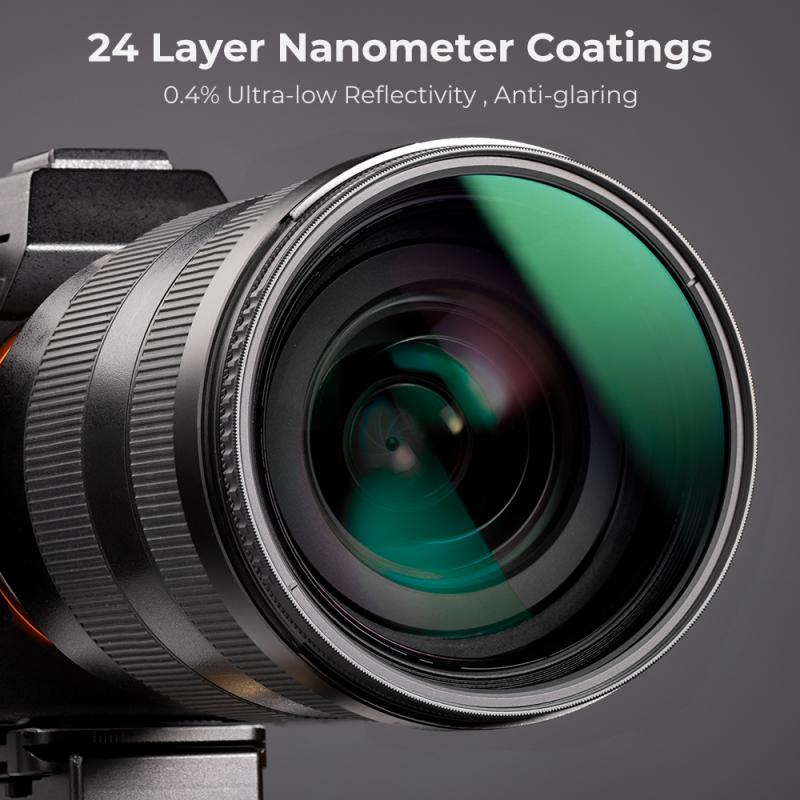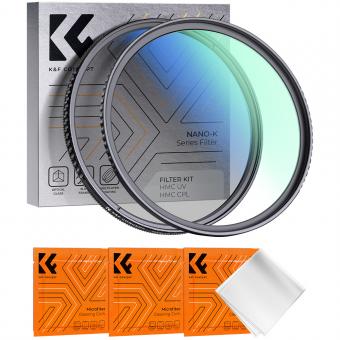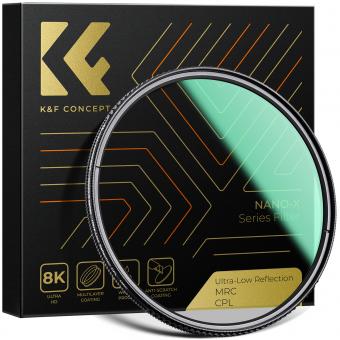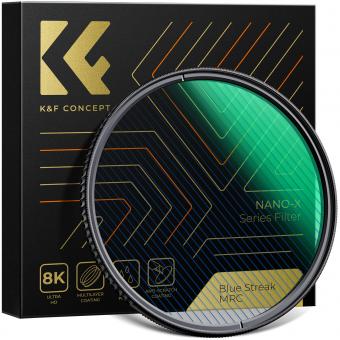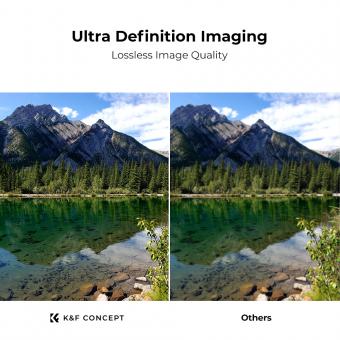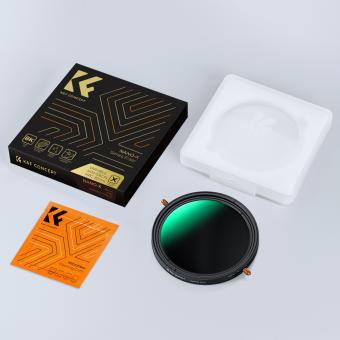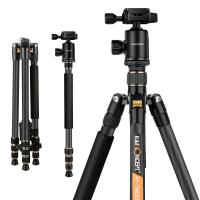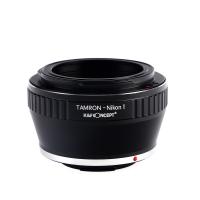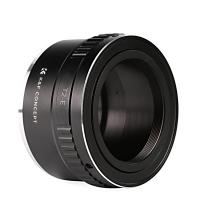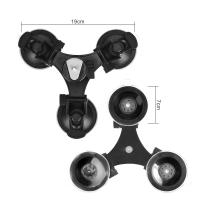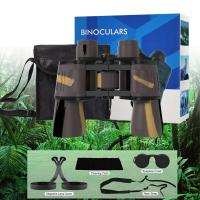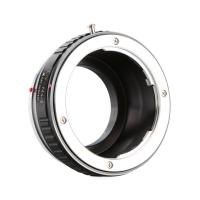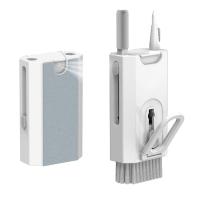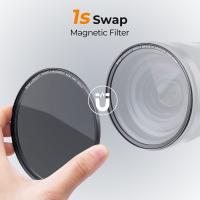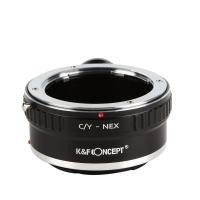What Is Best A Nd Filter Or Polarizer ?
The choice between an ND filter and a polarizer depends on the specific photography or videography needs. An ND (Neutral Density) filter is primarily used to reduce the amount of light entering the camera, allowing for longer exposures or wider apertures in bright conditions. It is commonly used in landscape photography or when capturing motion blur in water or clouds. On the other hand, a polarizer filter helps to reduce reflections and glare from non-metallic surfaces, enhance color saturation, and improve contrast. It is often used in outdoor photography to deepen the blue sky, make foliage appear more vibrant, or remove reflections from water or glass. Ultimately, the best filter choice depends on the desired effect and the shooting conditions.
1、 ND Filter: Reducing Light Intensity for Long Exposures and Balancing Exposure.
When it comes to photography, both ND filters and polarizers serve different purposes and cannot be directly compared as one being better than the other. However, if we consider the specific context of long exposures and balancing exposure, an ND filter is the more suitable choice.
An ND (Neutral Density) filter is designed to reduce the intensity of light entering the camera without affecting the color or hue of the image. This reduction in light allows for longer exposure times, which is particularly useful in situations where you want to capture motion blur, such as flowing water or streaking clouds. By using an ND filter, you can achieve smooth and ethereal effects that would be impossible to capture without one.
On the other hand, a polarizer filter is primarily used to reduce reflections and glare from non-metallic surfaces, such as water or glass. It can also enhance color saturation and contrast in certain situations. While a polarizer can be useful in many scenarios, it does not directly address the need for reducing light intensity for long exposures.
In terms of the latest point of view, advancements in technology have led to the development of variable ND filters, which allow you to adjust the intensity of light reduction by rotating the filter. This flexibility makes them even more versatile for long exposure photography, as you can easily adapt to changing lighting conditions without needing to switch filters.
In conclusion, if your goal is to achieve long exposures and balance exposure, an ND filter is the more appropriate choice. However, it's important to consider the specific requirements of your photography and choose the filter that best suits your needs.
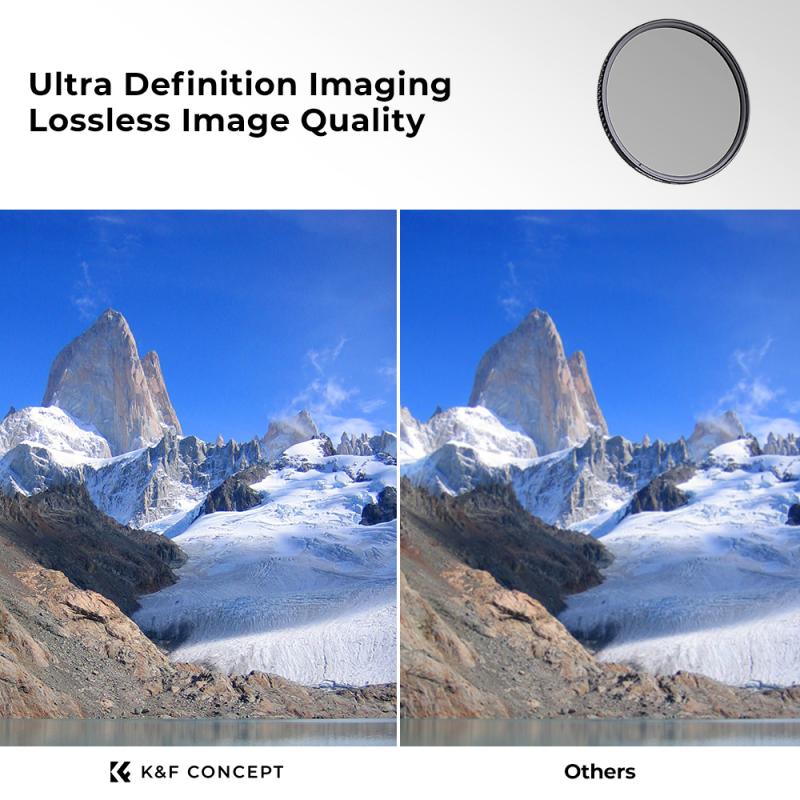
2、 Polarizer: Enhancing Color Saturation, Reducing Glare, and Increasing Contrast.
A polarizer filter is often considered the best option when it comes to enhancing color saturation, reducing glare, and increasing contrast in photography. This type of filter works by selectively blocking certain polarized light waves, resulting in more vibrant colors, reduced reflections, and improved overall image quality.
One of the key advantages of a polarizer filter is its ability to enhance color saturation. By reducing the amount of scattered light, the filter allows colors to appear more vibrant and saturated. This is particularly useful when photographing landscapes, where the filter can make the blue sky appear deeper and the green foliage more vivid.
Another significant benefit of a polarizer filter is its ability to reduce glare. When shooting in bright conditions, such as during midday or near water surfaces, unwanted reflections can often appear on the image. A polarizer filter helps to minimize these reflections, resulting in clearer and more detailed photographs.
Additionally, a polarizer filter can increase contrast by darkening the sky and making clouds stand out more prominently. This can add depth and drama to landscape shots, making them more visually appealing.
It is important to note that the effectiveness of a polarizer filter can vary depending on the angle of the light source and the camera's position relative to it. Therefore, it is crucial to adjust the filter's orientation to achieve the desired effect.
In recent years, advancements in digital post-processing techniques have allowed photographers to replicate some of the effects achieved by a polarizer filter. However, it is worth mentioning that using a physical filter during the shooting process can still provide superior results, as it allows for more precise control over the image's characteristics.
In conclusion, a polarizer filter is widely regarded as the best option for enhancing color saturation, reducing glare, and increasing contrast in photography. Its ability to selectively block polarized light waves results in more vibrant colors, reduced reflections, and improved overall image quality. While digital post-processing techniques have advanced, using a physical filter during the shooting process can still provide superior results.
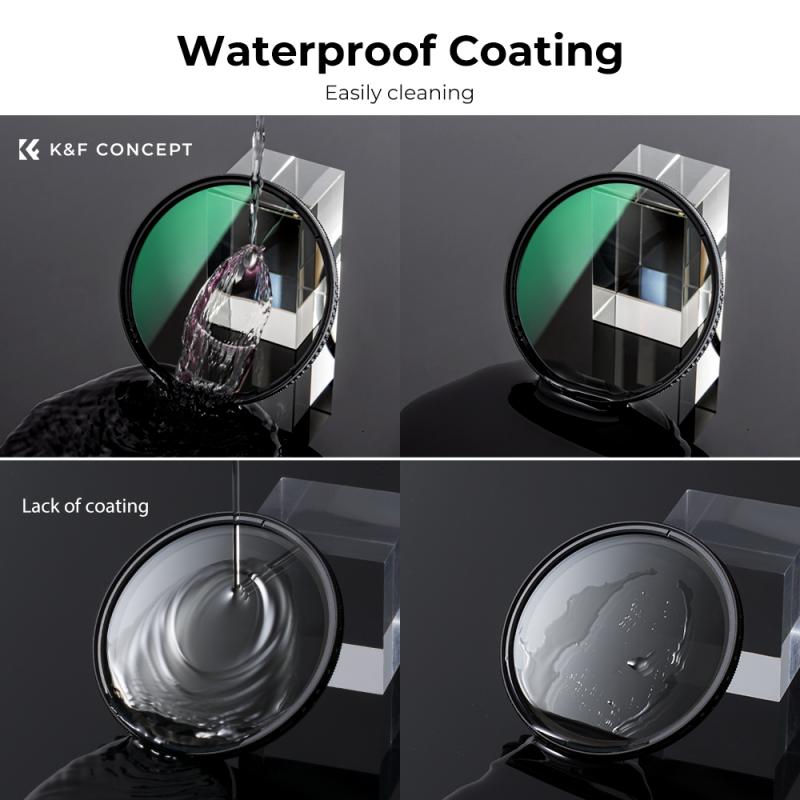
3、 ND Filter vs. Polarizer: Different Functions for Different Photographic Needs.
When it comes to choosing between an ND filter and a polarizer, it's important to understand that they serve different functions and cater to different photographic needs.
An ND (Neutral Density) filter is primarily used to reduce the amount of light entering the camera lens without affecting the color or contrast of the image. This is particularly useful in situations where you want to achieve a longer exposure time, such as capturing smooth waterfalls or creating motion blur in a busy street scene. ND filters come in different strengths, allowing you to control the amount of light reduction.
On the other hand, a polarizer filter is designed to reduce reflections and glare, enhance color saturation, and improve overall image contrast. It achieves this by selectively blocking certain polarized light waves. Polarizers are commonly used in landscape photography to make skies appear bluer, clouds more defined, and foliage more vibrant. They are also useful when shooting through glass or water surfaces, as they minimize reflections and allow you to see through to the subject.
The choice between an ND filter and a polarizer ultimately depends on the specific effect you want to achieve in your photographs. If you're looking to control the amount of light entering the lens and create long exposures, an ND filter is the way to go. However, if you want to enhance colors, reduce reflections, and improve overall image quality, a polarizer filter is the better option.
It's worth noting that some photographers may argue that certain effects achievable with an ND filter can also be replicated in post-processing, whereas the effects of a polarizer filter are more difficult to replicate digitally. However, this is a subjective viewpoint and depends on individual preferences and workflow.
In conclusion, both ND filters and polarizers have their own unique functions and can greatly enhance your photography. Understanding their differences and knowing when to use each filter will allow you to capture stunning images that meet your specific creative vision.

4、 ND Filter Types: Graduated ND, Variable ND, and Solid ND Filters.
When it comes to choosing between an ND filter and a polarizer, it ultimately depends on the specific situation and desired outcome. Both filters serve different purposes and can greatly enhance your photography or videography experience.
An ND filter, or Neutral Density filter, is primarily used to reduce the amount of light entering the camera lens without affecting the color or contrast of the image. This is particularly useful in situations where you want to achieve a longer exposure time or a wider aperture, such as capturing smooth waterfalls or blurring motion in a busy street scene. ND filters come in various types, including graduated ND, variable ND, and solid ND filters.
Graduated ND filters are ideal for scenes with a significant difference in brightness between the sky and the foreground. They have a gradient effect, allowing you to darken the sky while maintaining proper exposure in the foreground. Variable ND filters offer adjustable light reduction, allowing you to easily control the amount of light entering the lens by rotating the filter. Solid ND filters provide a consistent light reduction across the entire frame.
On the other hand, a polarizer filter is used to reduce reflections and glare, enhance color saturation, and improve overall image contrast. It is particularly effective when shooting landscapes, water bodies, or any scene with reflective surfaces. By rotating the polarizer, you can selectively control the polarization of light, resulting in more vibrant and detailed images.
In terms of which is best, it really depends on your specific needs and the effect you want to achieve. If you are looking to control the amount of light entering the lens without affecting color or contrast, an ND filter would be the better choice. However, if you want to enhance colors, reduce reflections, and improve overall image quality, a polarizer filter would be more suitable.
It's worth noting that advancements in post-processing software have made it possible to replicate some of the effects achieved with filters. However, using filters in-camera can save time and effort in post-processing, and can often produce more natural and pleasing results.
In conclusion, both ND filters and polarizers have their own unique benefits and applications. It's important to understand your specific needs and experiment with different filters to determine which one works best for you and your photography style.
